Hair transplantation has achieved to achieve big advancements in the treatment of hair loss. And it continues to. However, the rumours, misinformation, and misconceptions regarding the causes of hair loss, who it affects, and how to best treat it are still out there. Here are some truths about the industry.
Minoxidil Works, but Only for About 40% of the People Who Use It.
Rogaine, as it is most commonly called, is a solution for slowing down hair loss. It is approved by Health Canada and by the U.S. Food and Drug Administration. It has great scientific studies to verify its effectiveness and results. However, this over the counter medication may work well for only about 40% of patients suffering from hair loss. Studies have shown that a patient must have an active enzyme called sulftransferase for the minoxidil to have any effect on the hair follicle. It is very worthwhile to try minoxidil if you are losing hair. If it doesn’t work for you, then simply stop using it.
Finasteride’s Side Effects Will Affect Less Than 10% of the People Who Use It.
Propecia or Proscar may possibly have sexual side effects on men. But finasteride affects less than 10% of the men who use it with a decreased sexual libido and other related side effects. For the other 90% of men who use it to block the DHT that causes hair loss, the results are that they keep their hair for as long as they can. As with minoxidil, it is important to use finasteride to combat hair loss. If you do suffer any of the side effects, simply stop using it.
If You Treat Your Hair Loss as Early as Possible, You Will Have It for Longer!
Waiting to treat your hair loss is a very big mistake. The most important step in hair restoration is to do everything you can to keep your hair as long as possible. If you can follow the treatment plan that makes the most sense for you, it will save you (or at least minimize) the expense of costly hair transplants in the future.
For Men, Hair Loss is Proportional to Age.
Androgenic alopecia, or male pattern baldness, can start at any time after puberty. Almost a quarter of the men in the world will suffer some form of hair loss in their twenties. Another one-third of men will experience some level of hair loss by the age of 35. And half of the men who reach the age of 50 suffer from some form of hair loss. As men age, the percentage of them who have lost hair matches their age. For example, 60 years old = 60% of men, 70 years old = 70% of men.
Women Are Affected by Hair Loss Almost as Much as Men.
Almost half of the female population in the world will be affected by some form of hair loss by the time they are 40. Assessing and treating hair loss in women is different than in a man. They follow a similar pattern and can be triggered by similar causes, but women do require further analysis to eliminate other possible causes.
Once the Follicle is Dead and the Hair is Gone, Nothing Can Re-Grow It.
PRP, LLLT, finasteride, minoxidil, Revivogen shampoo and conditioner, and Nutrafol supplements are amazing treatments for hair loss, and they all have a part to play in the hair restoration plan. But NOTHING will grow your hair back once it is gone. A hair transplant is the only solution as of today for treating baldness.





